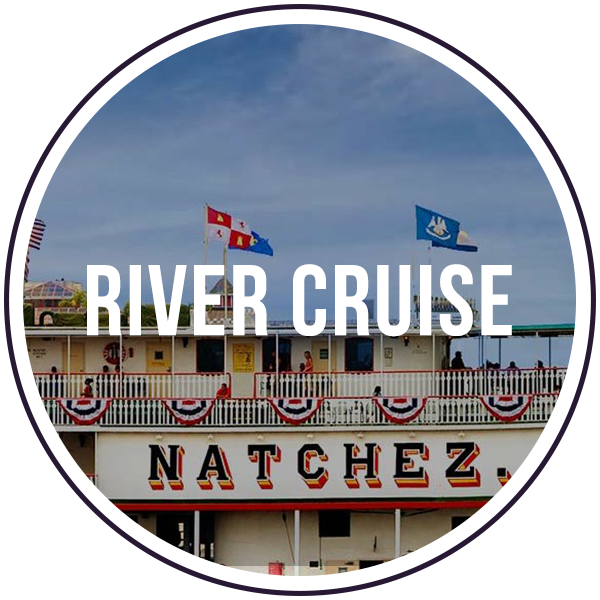The history of New Orleans’ Napoleon House began in the early 19th century when former Mayor Nicholas Girod offered his residence as a safe haven for Napoleon Bonaparte, the exiled Emperor of France. Girod believed that Napoleon would eventually escape from his imprisonment on the remote island of St. Helena and sought to provide him with a refuge in the United States.
The building itself was a classic example of French Quarter architecture, featuring a ground floor with large arched openings and three floors of living space above. Construction on the house had begun in 1812, but Girod was forced to halt the project due to financial difficulties. However, when the opportunity to shelter Napoleon arose, Girod completed the building out of his own pocket, with the intention of housing the Emperor in its opulent surroundings.
Napoleon, however, never made it to the United States. He died on St. Helena in 1821, and his supposed rescue by Girod never materialized. Nevertheless, Girod’s offer to provide asylum left a lasting legacy, and the building became known as the Napoleon House.
After Girod’s death in 1840, the Napoleon House passed through several hands, serving as a private residence, a hotel, and a private club. During Prohibition, it even operated as a speakeasy. Throughout the years, the building fell into disrepair, but in the 1940s, the Impastato family purchased the Napoleon House and transformed it into the iconic restaurant and bar that it is today.
Today, the Napoleon House is a beloved New Orleans institution, famous for its relaxed atmosphere, classic Creole cuisine, and signature cocktail, the Pimm’s Cup. Its historic charm and connection to the city’s past make it a must-visit destination for locals and tourists alike. Whether enjoying a meal in its spacious courtyard or sipping a drink at its antique bar, visitors can immerse themselves in the rich history and culture of New Orleans at the Napoleon House.


